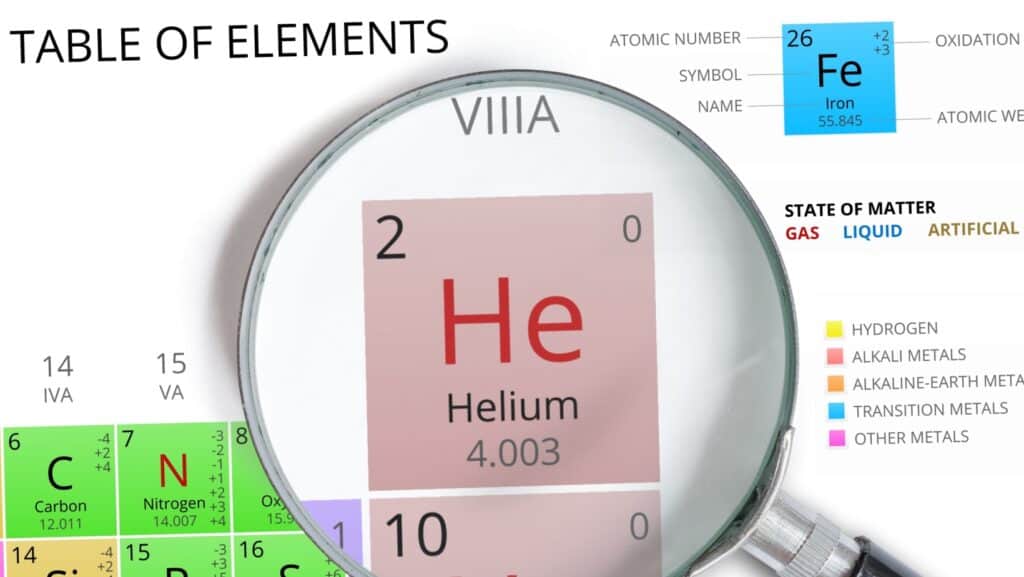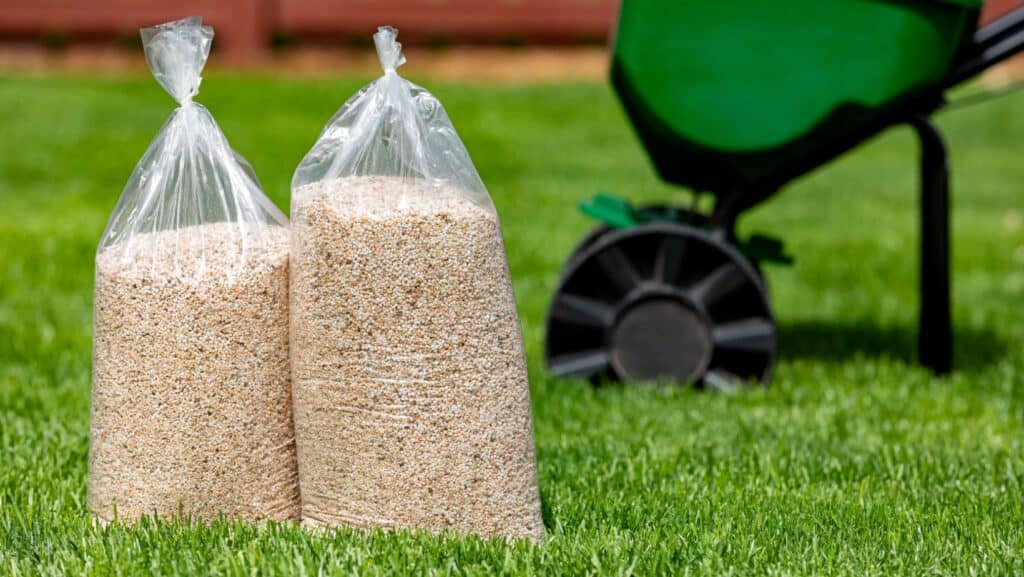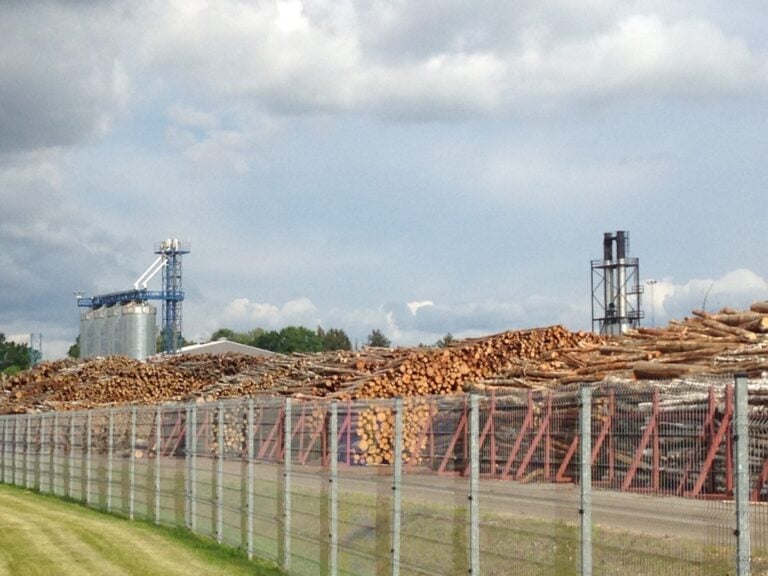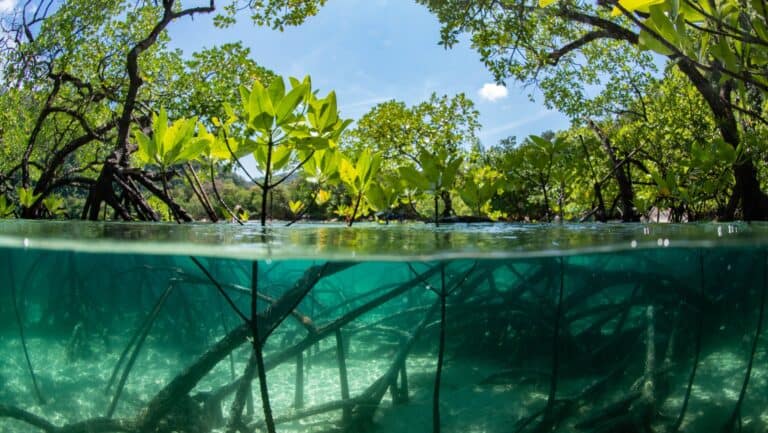10 Things the World Is Rapidly Running Out Of
The world is running out of more than just patience for waiting in line.
By the time you finish reading this, people will have used up another million tons of resources, from smartphones to sandwiches. According to Earth.com, we’re using resources so quickly that we’d need 1.7 Earths to keep up. Every year, a quarter of the world’s population faces extremely high water stress, and CNN says another billion people could be affected by 2050. Essential materials, such as construction sand, rare earth elements, and topsoil, are disappearing at a much faster rate than most of us realize.
So, what else is running low around the world? Grab your favorite snack while you can, as we look at ten important things we’re using up quickly. The numbers show that we really are running out of these resources.
The Right Kind of Sand

Wait, sand? Isn’t the world full of deserts? It might seem that way, but not all sand is the same. The sand used for construction, like in concrete, glass, and roads, needs to be rough and angular, shaped by water. Desert sand is too smooth and doesn’t hold together well.
Here’s the wild part: we use about 50 billion tons of construction sand every year, according to the World Resources Forum. That’s enough to build a wall around Earth’s equator 27 meters high and 27 meters wide every year.
As a result, construction material prices have increased by nearly 39% since 2020. This global sand crisis is a hidden shortage that affects many things.
Helium (It’s Not Just for Balloons)

Remember how fun it is to talk in a squeaky voice after inhaling from a balloon? Well, helium is much more important than just being a party trick. It’s a critical component in things you’d never expect, especially in healthcare.
For example, according to Radiology Today Magazine, MRI machines require approximately 2,000 liters of liquid helium each to maintain the cool temperature of their powerful magnets.
With healthcare accounting for 30% of the world’s helium supply, the current global shortage is a significant issue. This shortage could delay medical diagnoses and procedures, showing just how vital this lighter-than-air gas really is.
Topsoil for Your Food

You know that rich, dark dirt that’s perfect for growing plants? That’s topsoil, and it’s disappearing at an alarming rate. We’re losing it about 1% each year due to aggressive farming, deforestation, and overgrazing.
The UN warns that 90% of Earth’s topsoil could be at risk by 2050. Since we’ve already lost half of our planet’s topsoil in the last 150 years, this is a massive threat to our ability to grow food.
Fresh Water

This one might feel obvious, but the scale of the problem is staggering. Currently, 25% of the world’s population faces water scarcity, according to CNN. Climate change is exacerbating the issue with unpredictable droughts and rising sea levels, contaminating freshwater sources.
In places like Central Africa, the struggle is real. Only about 30% of people had access to basic drinking water in 2020, as IDRC reports. This isn’t just a thirst problem; it’s a significant obstacle to economic growth and human health.
The Minerals That Power Your Tech

Your smartphone, your laptop, the electric car you’ve been eyeing—they all depend on a special group of materials called critical minerals and rare earth elements. And we are heading for a serious supply problem.
The demand for these elements is expected to triple soon. The problem is that China controls about 70% of the rare earth minerals mined and produced, according to Automotive Logistics. This creates a major bottleneck. We’re talking about materials like:
- Lithium for batteries, with demand jumping 30% in 2023 alone.
- Cobalt, mainly sourced from the Democratic Republic of Congo.
- Neodymium and dysprosium are used for the magnets in EVs and wind turbines.
To keep up, we’d need to launch over 20 new rare-earth projects immediately.
Phosphorus: A Fertilizer Problem

Ever used fertilizer on your plants? If so, you’ve probably used phosphorus. It’s essential for modern agriculture, but it comes from phosphate rock, which is a non-renewable resource.
We have a strange imbalance going on. PubMed Central reports that approximately 40% of cultivated soils lack sufficient phosphorus, leading to poor crop yields. We’re burning through our reserves without a sustainable plan.
Fish in the Sea

The phrase “plenty of fish in the sea” is becoming less and less accurate. Overfishing has become a global crisis. As of 2021, 35% of the world’s fish stocks were classified as overfished according to Pew. A Number that has increased in recent years.
In 2022, a staggering 90% of marine fish stocks were classified as fully exploited, overexploited, or depleted, according to Ebsco. This isn’t just bad for the environment; it’s a disaster for the 820 million people who rely on fishing for their food and income.
It’s a classic case of taking too much, too quickly.
Honey Bees and Other Pollinators

Where would we be without bees? In a lot of trouble, it turns out. Approximately 75% of the world’s food production relies on pollinators, such as honeybees, and their populations are in decline.
Beekeepers blame a perfect storm of climate change, fewer flowers, insecticides, and diseases. In some regions, such as Western Nepal, honey yield per hive has already dropped by 50%, according to PMC. No bees means no pollination, which means a lot less food.
Fossil Fuels

You knew this one was coming. While we work on transitioning to renewable energy, our world still relies primarily on oil, natural gas, and coal. Based on current consumption rates, our easily accessible reserves are shrinking fast.
Estimates suggest we have about:
- 47-54 years of oil left
- 49-52 years of natural gas left
- 133-139 years of coal left
We might discover new deposits or invent better technology, but most of the easy-to-reach resources are already used up. What remains is harder to obtain, more expensive, and causes greater harm to the environment.
Usable Farmland (Arable Land)

Soil erosion, urban growth, and desertification are all reducing the land available for food production. Climate change is exacerbating the situation with increased droughts and extreme weather events that damage soil quality.
The UN expects the world’s population to reach 9.7 billion by 2050. This puts even more pressure on the land we have left for farming. The way we farm now isn’t sustainable, and we’re asking more from the Earth than it can provide.
So, What Can We Do?

Reading this might feel overwhelming, but don’t lose hope. The first step is to recognize these global shortages. Moving forward means working together to utilize resources more efficiently, invest in recycling and alternative solutions, and reassess our consumption habits. It’s a big challenge, but our future depends on it.
6 tips for successful weight loss for women in 2025

6 Tips For Successful Weight Loss For Women in 2025
Successful weight loss for women often calls for an individualized approach, taking into consideration the unique physiological, psychological, and lifestyle factors that influence a woman’s weight. It’s not just about adopting a generic calorie-restricted diet or a strenuous exercise regime. Instead, it encompasses a holistic view of health, including balanced nutrition, regular physical activity, adequate sleep, and stress management.
In this article, we will walk you through a step-by-step guide to help you on your fitness journey and discuss how Ozempic may benefit your weight loss routine.
Why Supersonic Flights Vanished From Our Skies

Why Supersonic Flights Vanished From Our Skies
Every year on August 19th, National Aviation Day celebrates the marvels of flight and the pioneers who made it possible. But as we look to the skies, one question lingers. If we could fly from New York to London in under three and a half hours back in the 1970s, why are we still taking nearly seven today? Supersonic travel was once a thrilling reality. So, what grounded it?







